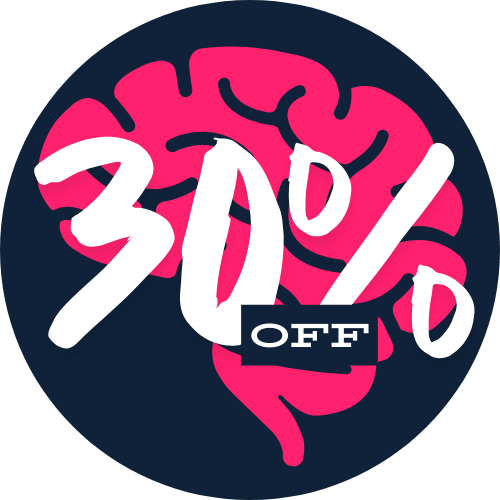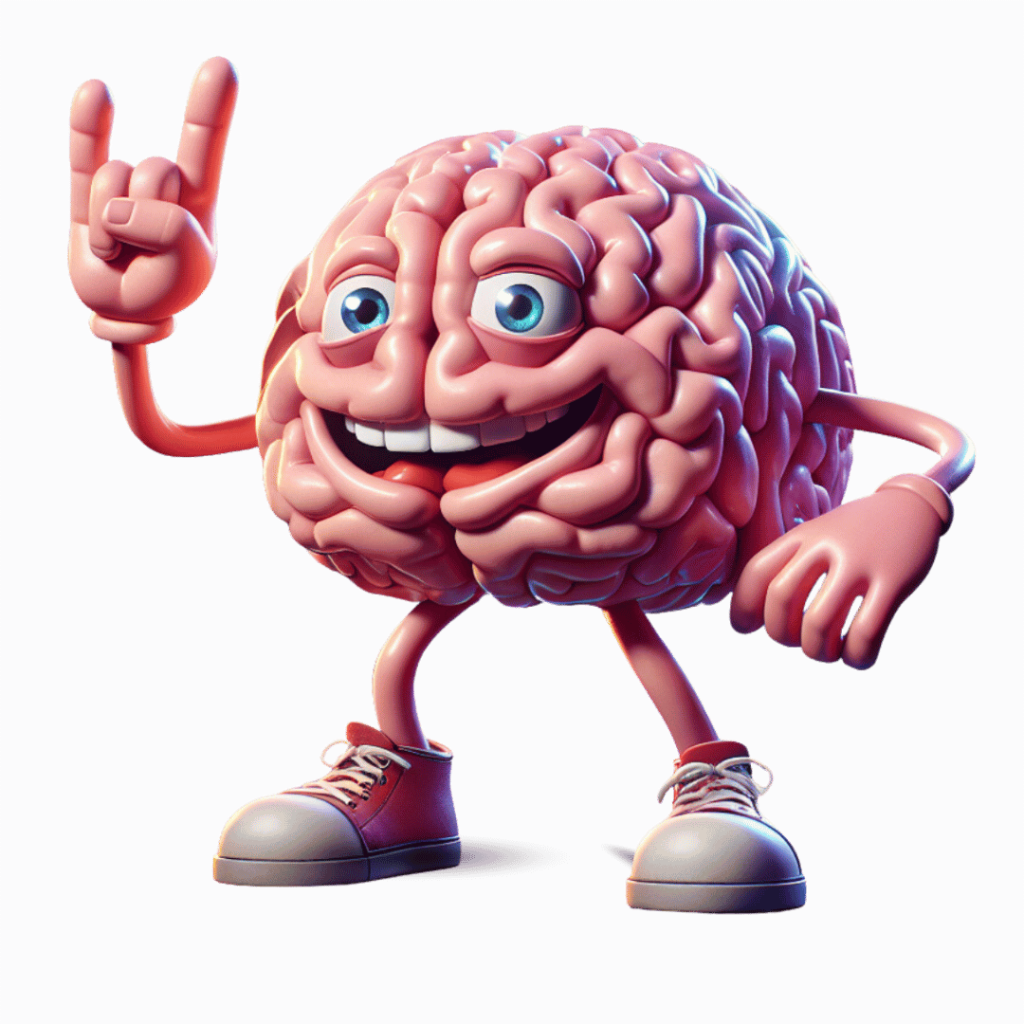Psychological Profit Traps: Design Posts That Trigger Purchase Paralysis
Digital marketing isn’t just about catchy headlines and bright colors; it’s about understanding the psychological nudges that make your users leap into their wallets. Enter the realm of psychological profit traps—strategically designed posts that not only catch attention but also trigger the irresistible urge to buy. Today, we’re diving deep into the colorful web of persuasion tactics that can turn casual scrollers into committed buyers.

1. Understanding the Psychology of Buying
1.1 The Anatomy of Irresistible Offers
What makes an offer downright irresistible? Imagine walking into a bakery where the warm, buttery scent of fresh pastries pulls you in, and the first thing you see is a sign that says, “Buy one, get one free!” Your brain doesn’t just process this as a deal; it screams, “Get in my cart!”
- Clarity: Simple, straightforward offers work best. Avoid turning a golden opportunity into a Rubik’s cube.
- Value: Highlight what the user gains—be it savings, exclusivity, or a sweet delight that’s impossible to resist.
- Urgency: Time-sensitive offers trigger fear of missing out (FOMO). Think countdown timers or “only a few left!” messages.
For an in-depth exploration of crafting offers that compel action, consider checking out our Interactive Prompt Course.
1.2 Cognitive Load Manipulation
When faced with too many choices, your potential customers may experience cognitive overload—like being offered 50 different types of cereal and just staring blankly at the shelf. Aim to simplify decisions:
- Limit options to two or three—enough choices to feel empowered but not overwhelmed.
- Utilize visuals to differentiate products easily; think eye-catching images that tell a story.
- Provide recommendations based on previous selection trends—people love expert guidance!
2. Principled Strategies for Cost Control
2.1 The Psychology of Price Perception
Have you ever noticed how some prices just feel right? It’s not magic—it’s price perception in action. Here’s how to play the game:
- Anchoring Effect: Always present a higher-priced original next to the discounted price. It makes the deal sweeter!
- Psychological Pricing: Prices that end in .99 may seem cheaper to our brains than those that don’t. Welcome to the 99-cent generation!
2.2 Scarcity Trigger Frameworks
Ever been at a concert where the last tickets were selling out fast? Scarcity influences buyers to act before it’s too late. Use these frameworks:
- Show countdowns or limits on stock to nudge those hesitant finger-twitchers into action.
- Leverage the natural human competition: “Only 3 left in stock!” turns every browser into a potential buyer.
3. Social Psychology in Marketing
3.1 Social Proof Engineering
We humans are pack animals, heavily influenced by what others do. Social proof, like testimonials and reviews, can turn a good product into an instant favorite:
- Feature user reviews prominently—seeing others rave about the product makes you want it too!
- Create case studies or success stories that potential buyers can relate to.
- Highlight social media mentions; let your previous buyers do the selling.
3.2 Urgency Architecture
Crafting a sense of urgency is like setting a romantic scene: soft lighting, an enticing ambiance, and then—BOOM!—the clock starts ticking. Get creative with tactics:
- Use buzzwords like “limited time only” and “exclusive offer” liberally but wisely.
- Implement flash sales; nothing screams “act now” like a sudden drop in prices.
4. Mastering Decision Fatigue
4.1 FOMO (Fear of Missing Out) Activation Sequences
Picture this: you’re scrolling through social media, and all your friends are posting about the “it” event of the year. You suddenly feel the pressure to join in. That’s FOMO at play:
- Market exclusive events or products to draw people in. No one wants to be the odd one out!
- Create eye-catching social media campaigns that tap into this fear and show just how much they’re missing.
4.2 Value Stack Psychology
Maximize perceived value with strategic bundling. When you package related products together, customers feel they’re getting a steal:
- Layer on bonuses for bundled products—“Buy this, and get a free guide!”
- Highlight your savings effectively: “Buy now and save 30%!” sounds much more appealing than just a price slashed.
5. Cognitive Disconnects and Buying Behavior
5.1 Loss Aversion Triggers
Humans hate losing more than they love winning—that’s loss aversion in one messy little nutshell. Use this to your advantage:
- Clearly articulate what buyers stand to lose by not purchasing—think limited availability and potential price hikes.
- Use language that emphasizes protecting their investment—no one wants to experience buyer’s remorse!
5.2 Cognitive Dissonance and Its Management
Cognitive dissonance happens when decisions don’t align with beliefs. This can be a tricky tightrope, but you can effectively mitigate its impact:
- Follow up with reassuring content post-purchase; send confirmation emails that highlight their wise decision to buy.
- Encourage feedback; let them see they’re part of an engaged community.
6. Crafting the Perfect Digital Marketing Post
6.1 Crafting the Message: The Art of the Trigger Point
When it comes to persuasion, your message is everything. Make it resonate:
- Speak directly to your audience’s pain points and desires—if you know they’re hungry for practical solutions, deliver!
- Utilize storytelling; a personal touch makes your message more relatable and potent.
6.2 Decision Paralysis Engineering
Want to destroy decision paralysis? Here’s your weapon:
- Create a clear call-to-action; “Grab your discount now!” feels much better than “Submit.”
- Make your offer stand out visually; use bold buttons and eye-catching colors that draw attention.
For further insights into mastering the intricacies of marketing strategies, check out our eBook on Strategic Planning with AI—it’s chock-full of tips to keep you ahead of the game.
Remember, the art of persuasion lies not just in the techniques but in understanding the deeply rooted behaviors that drive human action. Embrace these psychological principles to transform your content from “meh” to “must-have.” As the marketplace evolves, so should your strategies—keep experimenting, learning, and mastering the fine art of psychological profit traps!
If you want to quickly learn how to cause mass hysteria on social media and reel customers in, check out The Reel Riot Recipe for a recipe that will thrill and convert!












